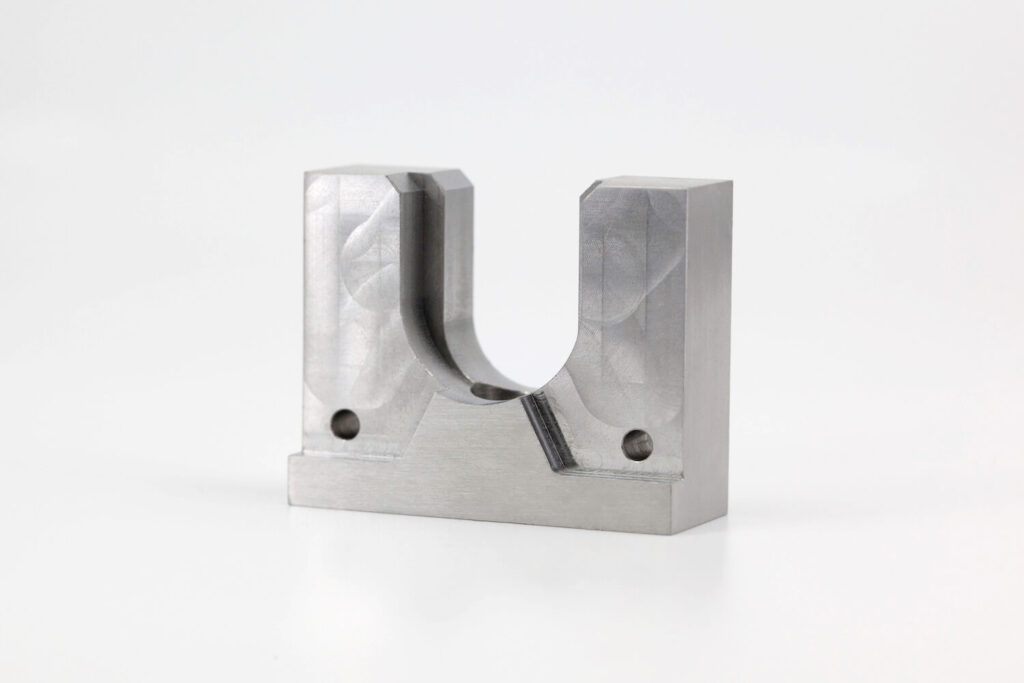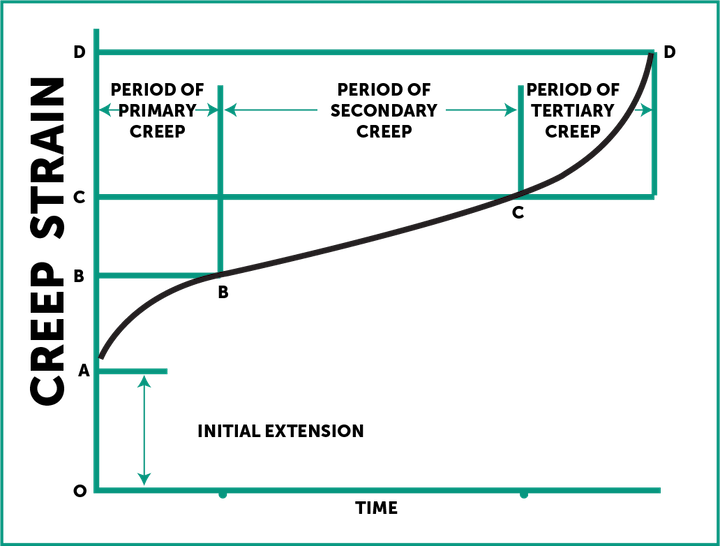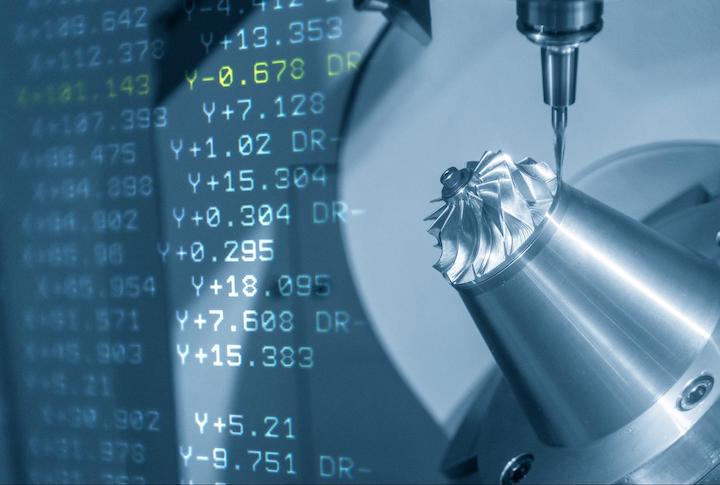- Home
- About Us
- Blog
- Capabilities
Sub-Processes
Plastic Materials
Processes Available
Post Processing
- Contact Us
| Processes | Lead Time | Finishing Options | Tolerance | Price | Applications |
|---|---|---|---|---|---|
| CNC Mill CNC Lathe EDM Hobbing | As fast as 7 days | Media Blasting, Vibratory Tumbling, Black Oxide, Powdercoating | With drawing: as low as +/- 0.005 mmNo drawing: ISO 2768 medium | $$$ | Tools, fixtures, tool holders, punches |

Yield Strength | Elongation at Break | Hardness | Density | Maximum Temp | McMaster Part Number |
|---|---|---|---|---|---|
55,000 PSI | 22% | Rockwell B90 | 0.284 lbs / cu. in | 89885k117 |
D2 Tool Steel
Yield Strength (tensile) | Elongation at Break | Hardness | Density | Maximum Temp | McMaster Part Number |
|---|---|---|---|---|---|
55,000 PSI | 22% | Rockwell B90 | 0.284 lbs / cu. in | 89885k117 |
Very similar to other grades of mild steel, tool steel is generally shiny in appearance and slightly darker than aluminum alloys. For corrosion resistance, black oxide can be applied post-machining. To achieve a variety of surface finishes, tool steel parts can also be media blasted or tumbled.
Min Wall Thickness | Min End Mill Size | Min Drill Size | Max Part Size | Undercuts | Radii : Depth |
|---|---|---|---|---|---|
0.5 mm | 0.8 mm (0.03 in) | 0.5 mm (0.02 in) | 1200 x 500 x 152 mm [x,y,z] (mill) 152 x 394 mm [d,h] (lathe) | Square profile, full radius, dovetail profiles | Depth must not exceed 12x drill bit diameter. For end mills, depth must not exceed 10x tool diameter. |
Cost Saving Tip
To reduce costs, limit the number of part setups, the number of inspection dimensions or tight tolerances, and deep pockets with small radii.

